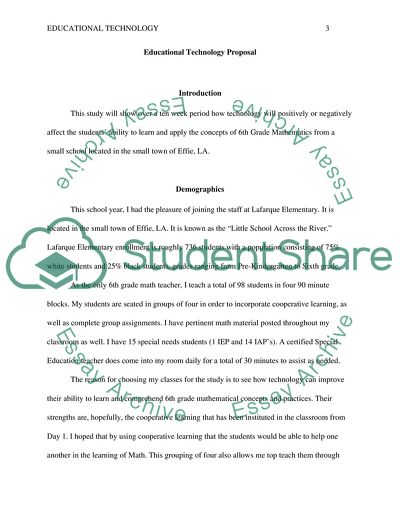Cite this document
(How Technology Positively Affects the Learning of 6th Grade Report Example | Topics and Well Written Essays - 1750 words, n.d.)
How Technology Positively Affects the Learning of 6th Grade Report Example | Topics and Well Written Essays - 1750 words. https://studentshare.org/education/1757920-using-technology-in-a-mathematics-class
How Technology Positively Affects the Learning of 6th Grade Report Example | Topics and Well Written Essays - 1750 words. https://studentshare.org/education/1757920-using-technology-in-a-mathematics-class
(How Technology Positively Affects the Learning of 6th Grade Report Example | Topics and Well Written Essays - 1750 Words)
How Technology Positively Affects the Learning of 6th Grade Report Example | Topics and Well Written Essays - 1750 Words. https://studentshare.org/education/1757920-using-technology-in-a-mathematics-class.
How Technology Positively Affects the Learning of 6th Grade Report Example | Topics and Well Written Essays - 1750 Words. https://studentshare.org/education/1757920-using-technology-in-a-mathematics-class.
“How Technology Positively Affects the Learning of 6th Grade Report Example | Topics and Well Written Essays - 1750 Words”. https://studentshare.org/education/1757920-using-technology-in-a-mathematics-class.


